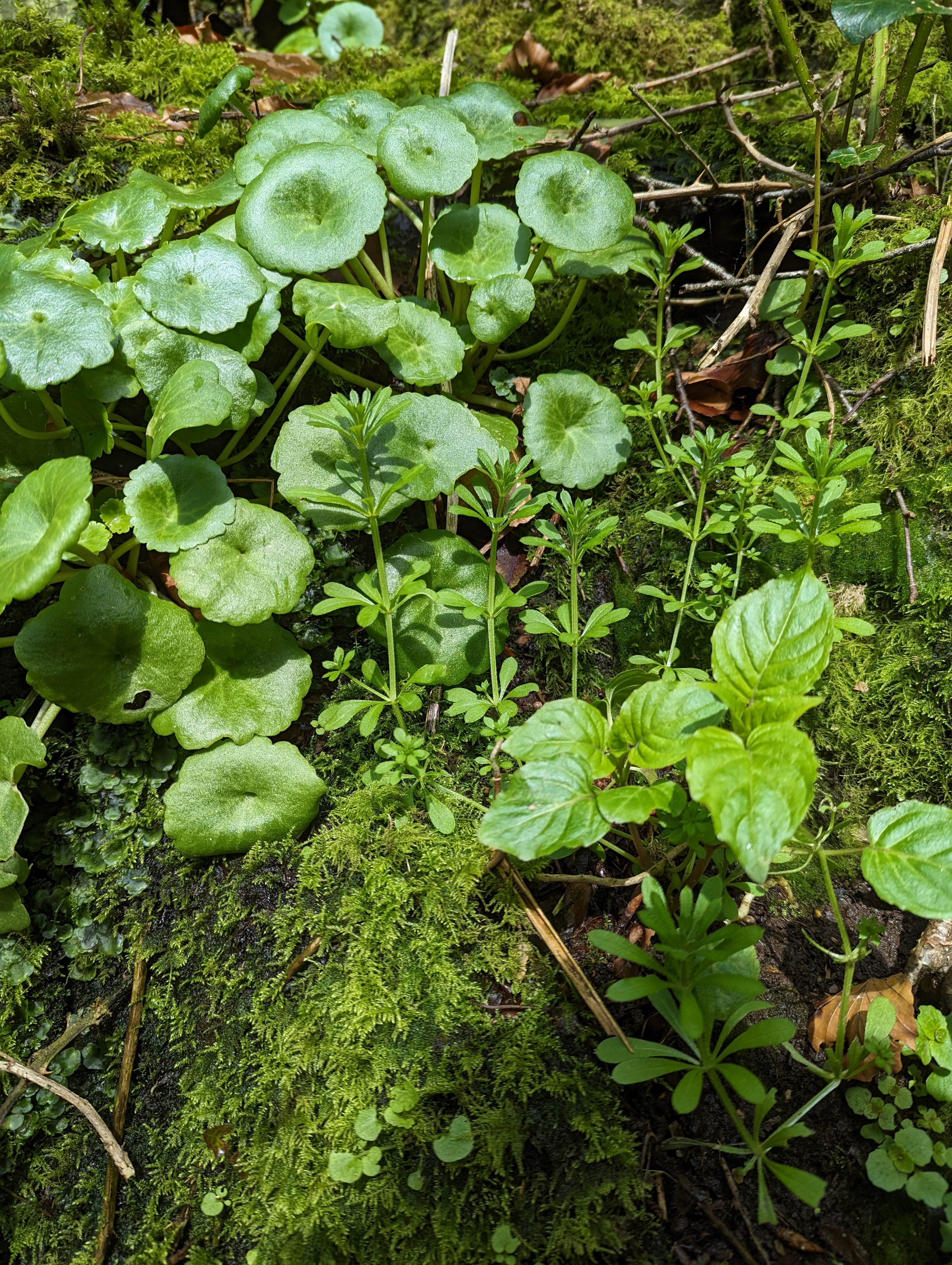Here's an update on my moss cultivation project.
I started this one about two months ago and made some progress I wanted to share.
Here's my initial post: https://slrpnk.net/post/23641560
Substrate
The substrate doesn't matter much.
I grow both on peat (old CP mix I had no other use for) as well as just LECA.
As long as it's kept constantly moist and has (almost) no nutrients, it should work.


I will even try to make use of those glass sponge bricks you use for flowers, maybe that will work even better?
Nutrients
Of course, moss isn't moss. As I do not only grow Sphagnum, but also other mosses (pretty much any one I could forage!), they have other nutrient demands. Some tolerate more than others.
But most of them are still very intolerant to salt build-up (too much fertilizer).
Mosses have a huge surface area and therefore capillary action. They wick up nutrient solution from below and it evaporates at the top.
This resulted in a lot of loss for me. A huge portion of my collection has turned into mush because of nutrient burn...

This is just one example. You see how dark green and structure-less it is? Yep.
On the bright side, some of it was buried further down in the substrate and didn't get affected as much.
And here's my Pinguicula with different mosses added as top dressing. I removed most of it and replaced it.

I'm very glad I split it up, especially my beloved Sphagnum, so I always have a backup.
I used a spray bottle and kept the dishes constantly moist/ in a puddle.
BUT. With nutrient solution. Hydroponic fertilizer, 1/3 strength (~0,4 mS) every few days. In hindsight, totally overkill.
Now, I flush it with RO water once every few weeks, spray a bit of nutrient solution on it once, and water it with just plain RO water for the rest of the month via spray bottle.
The outdoor ones get the same treatment, but with rain instead.

You will notice the nutrient built-up by:
- Dark green colour (nitrogen overabundance, the first warning sign)
- Algae
- Crispy tips (advanced)
- And necrosis (when it's already too late)

Light, airflow and humidity
It's always said that mosses prefer dim light conditions, but that's not true imo.
I would say they need as much as houseplants. Bright, indirect light.
The problem is heat. They get cooked or dry out very fast, especially in a sealed container.
Low humidity is also no problem, as long as they have a moist surface.
Hell, even when they dry out, they can recover easily. They do that all the time in nature!
Some tolerate that better than others. Sphagnum for example is a bog plant, and gets a bit stressed if dried out too often and sets back growth for a while. Others, like cushion moss, even like to dry out a bit in between from what I've observed!
Also, there's a phenomenon called "etiolation".
It's a survival tactic that gets triggered when they suffer from a lack of airflow or light or when the humidity is too high.
Basically, in nature, when they are covered by something else (other mosses, grass) to give them an edge against competition.
You can use this to your advantage.
When I have new samples, I place them into the second row with lid on.
Then, I cut off the strands that form after a week or two, which results in less sample matter needed and therefore way less contamination (pests, other mosses, weeds).



Pruning
Similar to classic plants, pruning leads to bushier growth.
With the significant advantage, that (in theory) every cell can divide itself into a new strand of moss! How amazing is that?!
The surface is covered super quickly after a few weeks.
One month ago:

Now:














